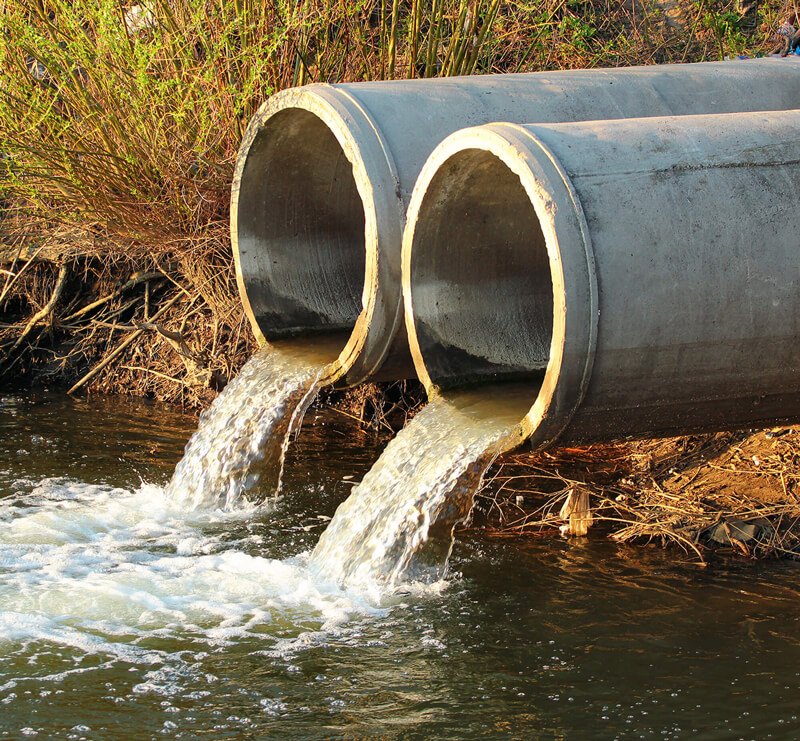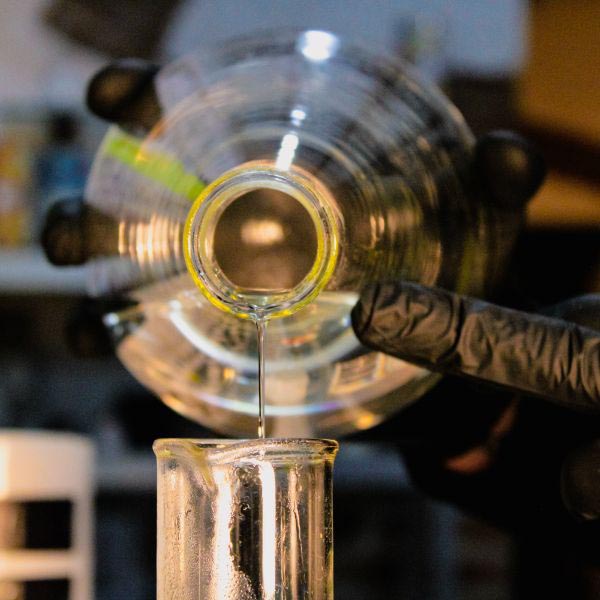Atrazine is an endocrine disrupting chemical (EDC) and as such can interfere with the cells of the human body. It can disrupt hormone levels, the cardiovascular system of a human, as well as causing cancer.
Humans are more at risk from exposure to atrazine if they are reliant on ground water for drinking water and live in an agricultural area which uses atrazine for crops.
Atrazine in water
Atrazine is soluble in water to a concentration of 30 mg/litre at 20°C. It can be found in groundwater in areas where atrazine has been used. It is also found in drinking water, where there is insufficient water treatment to remove it.
It persists in nature following agricultural application and needs to be removed from groundwater and water sources. It will not biodegrade on its own.







